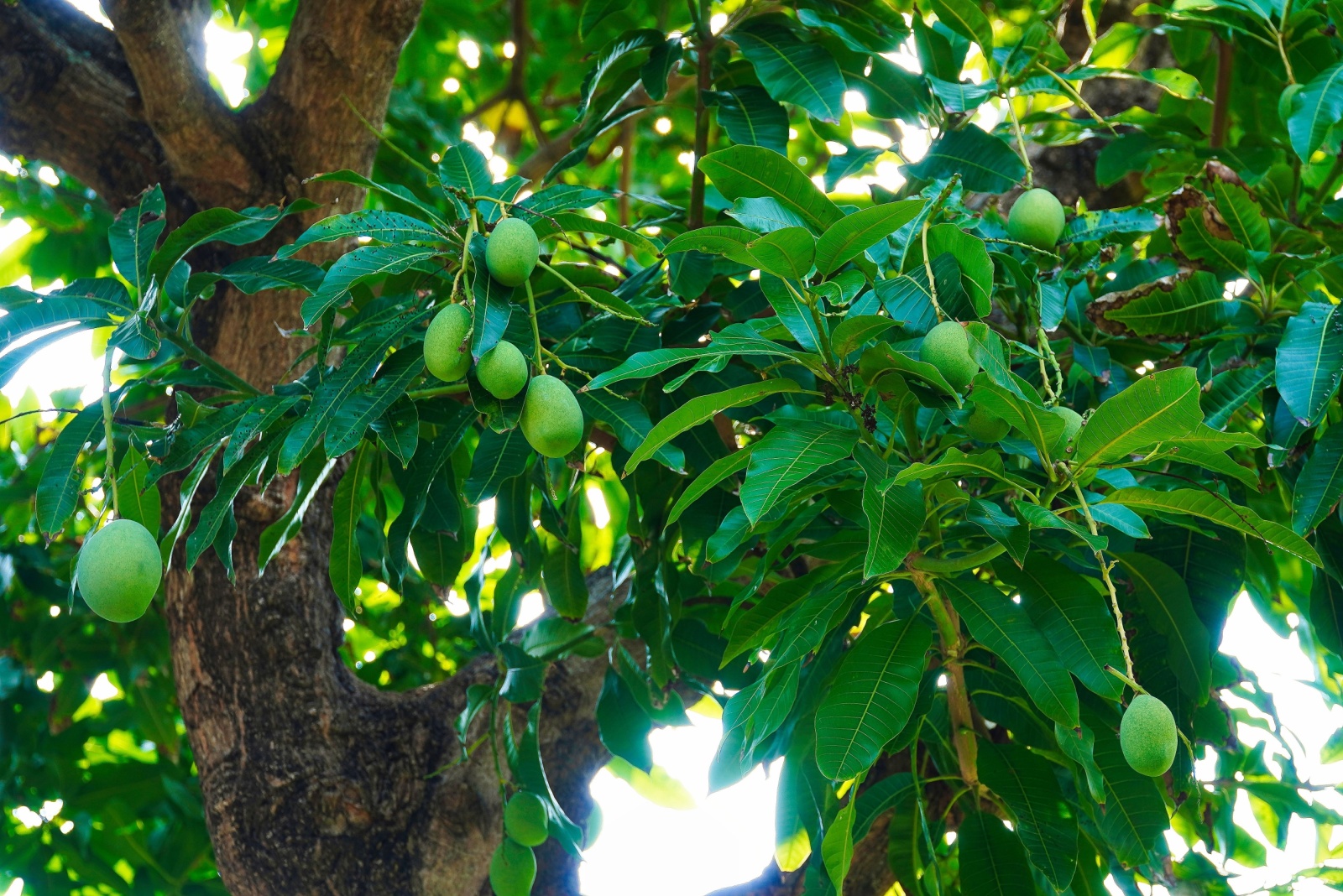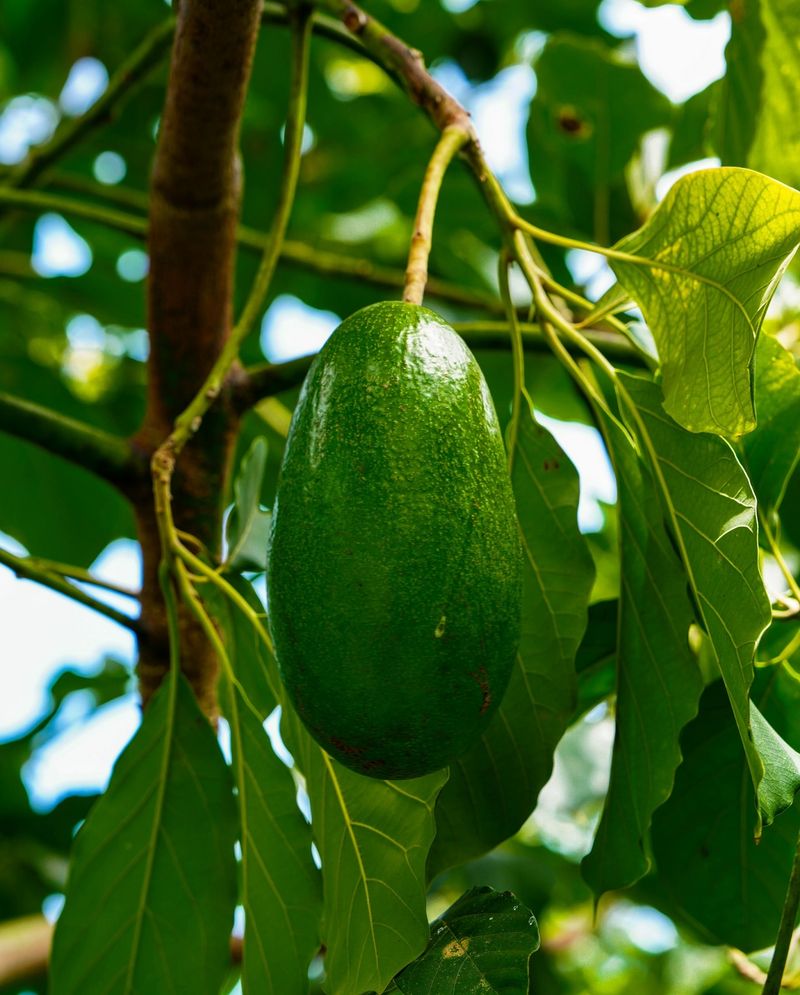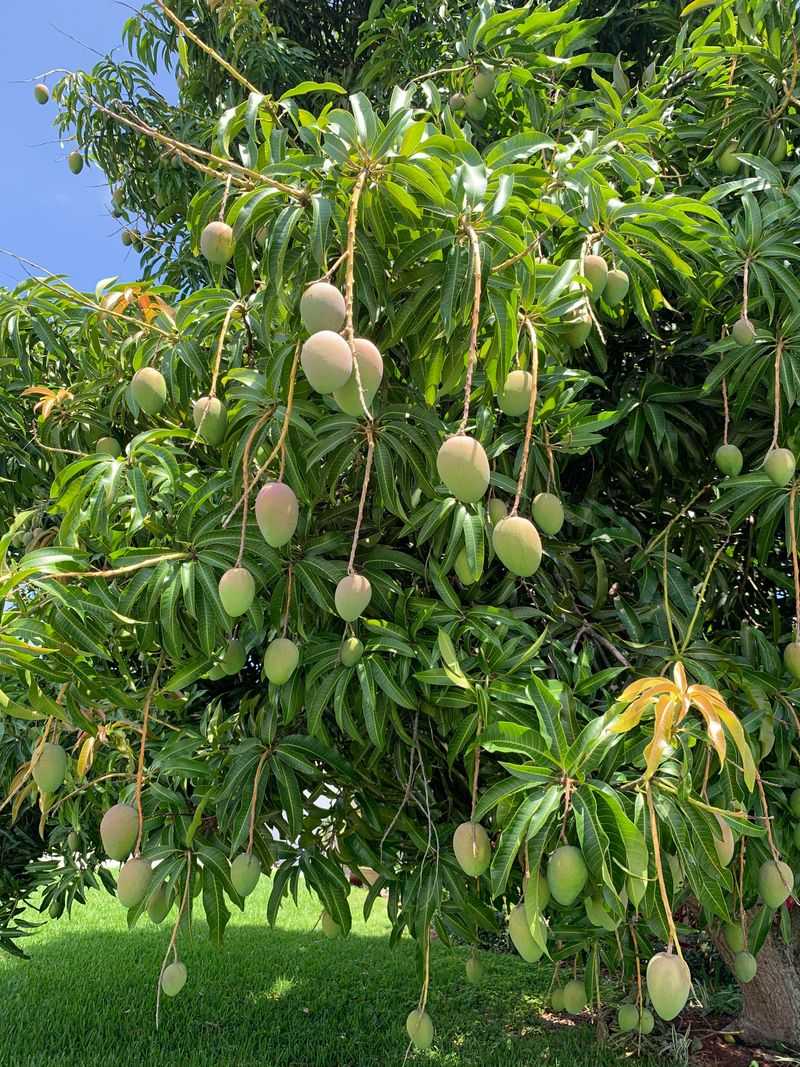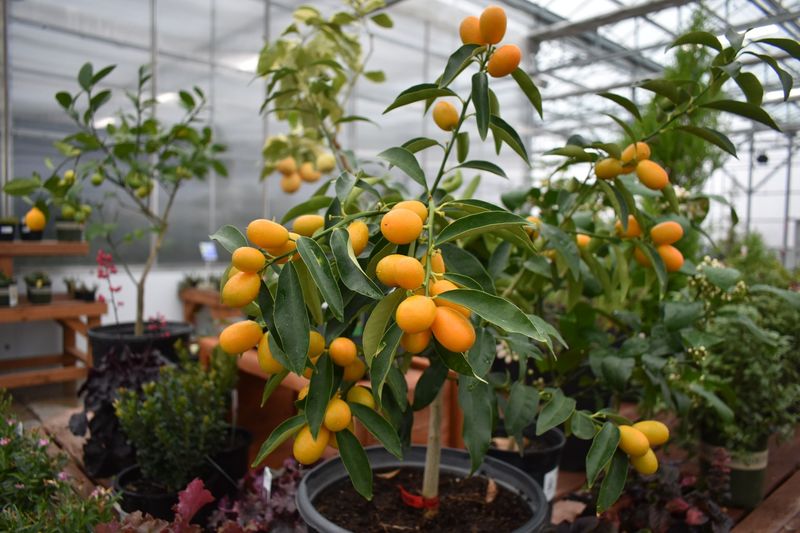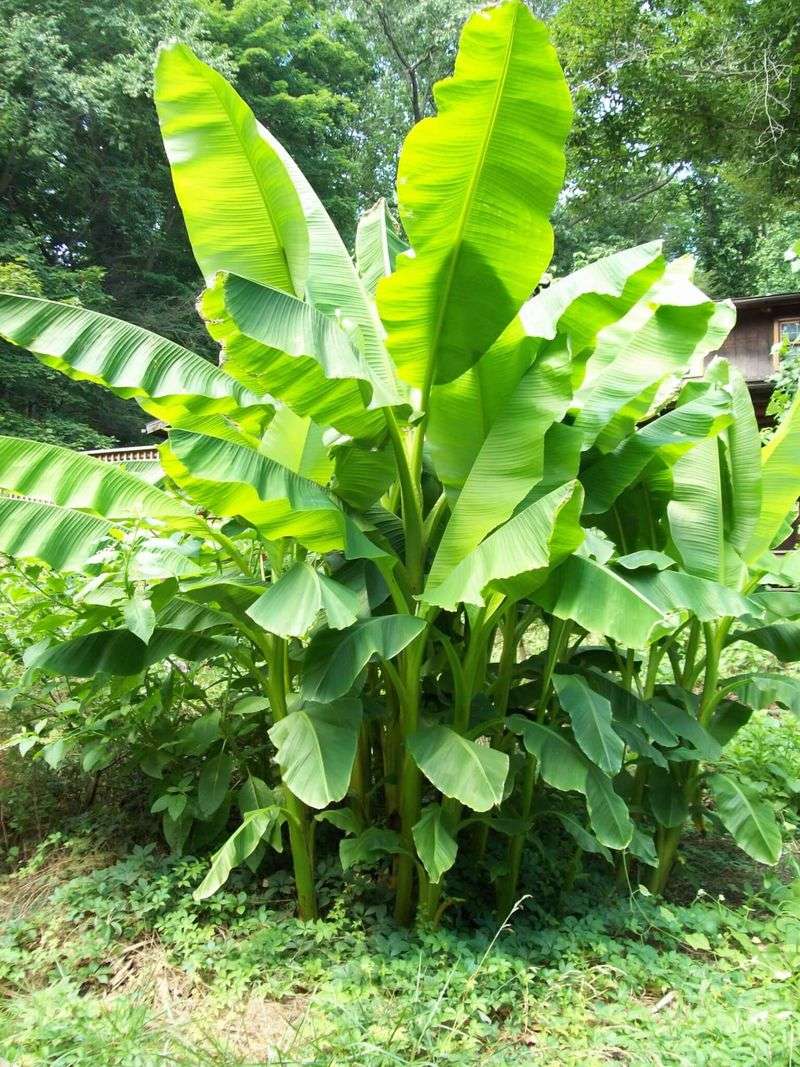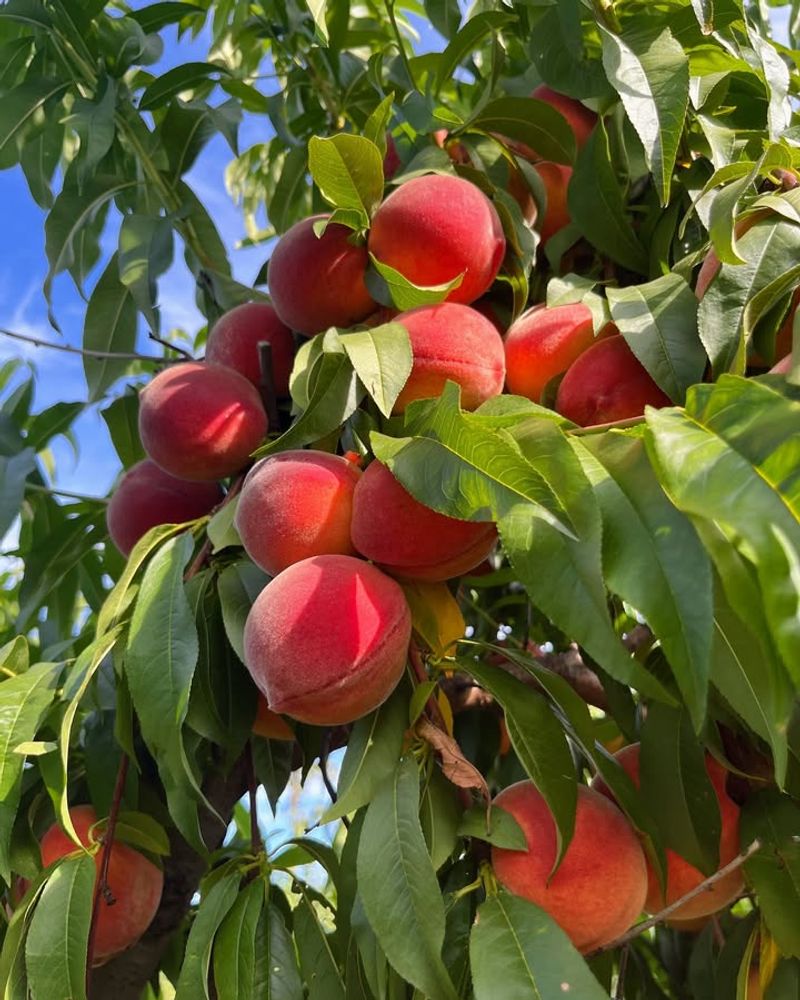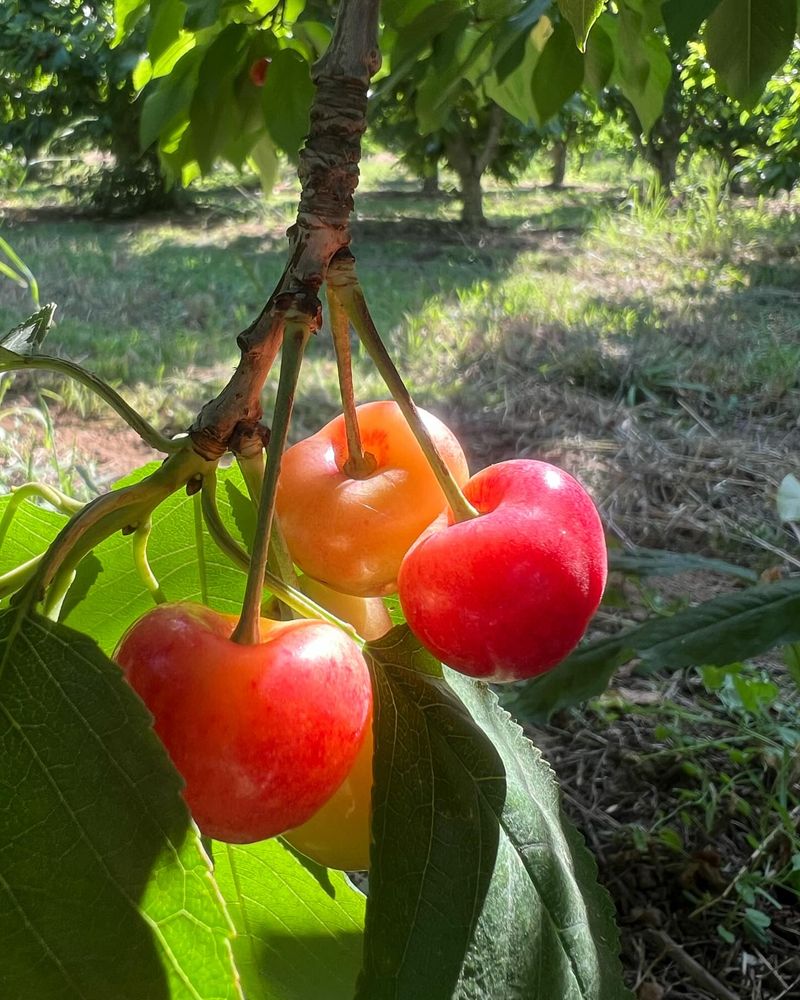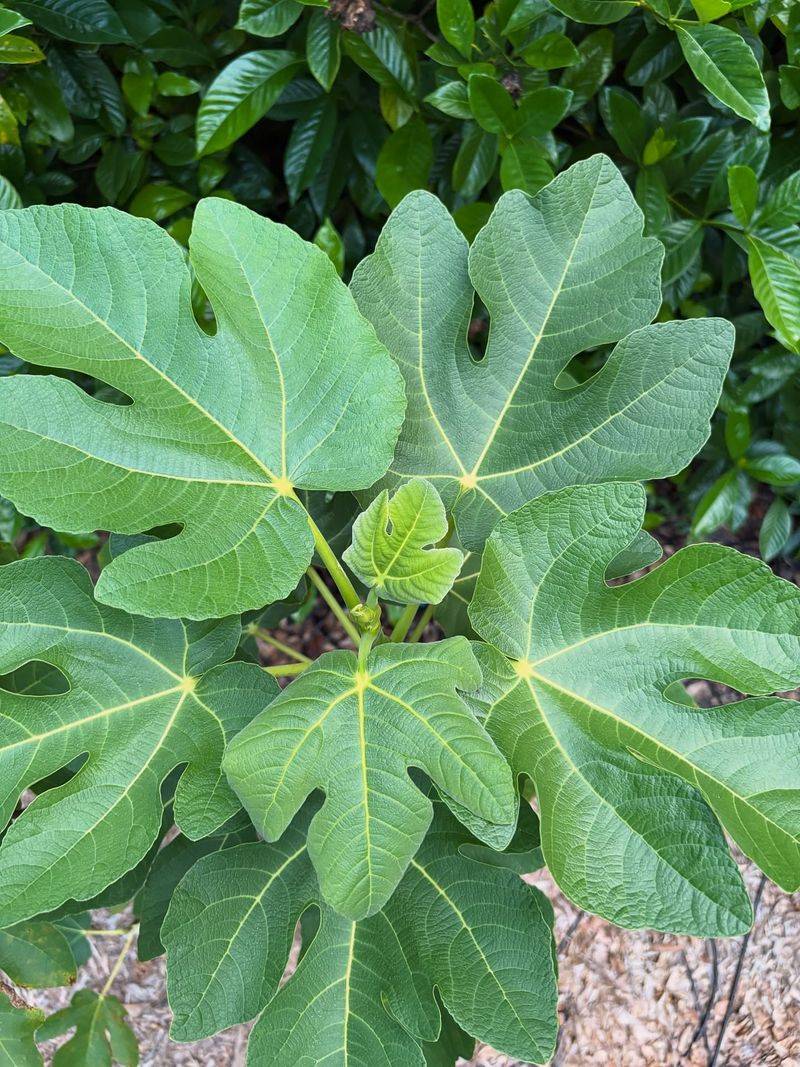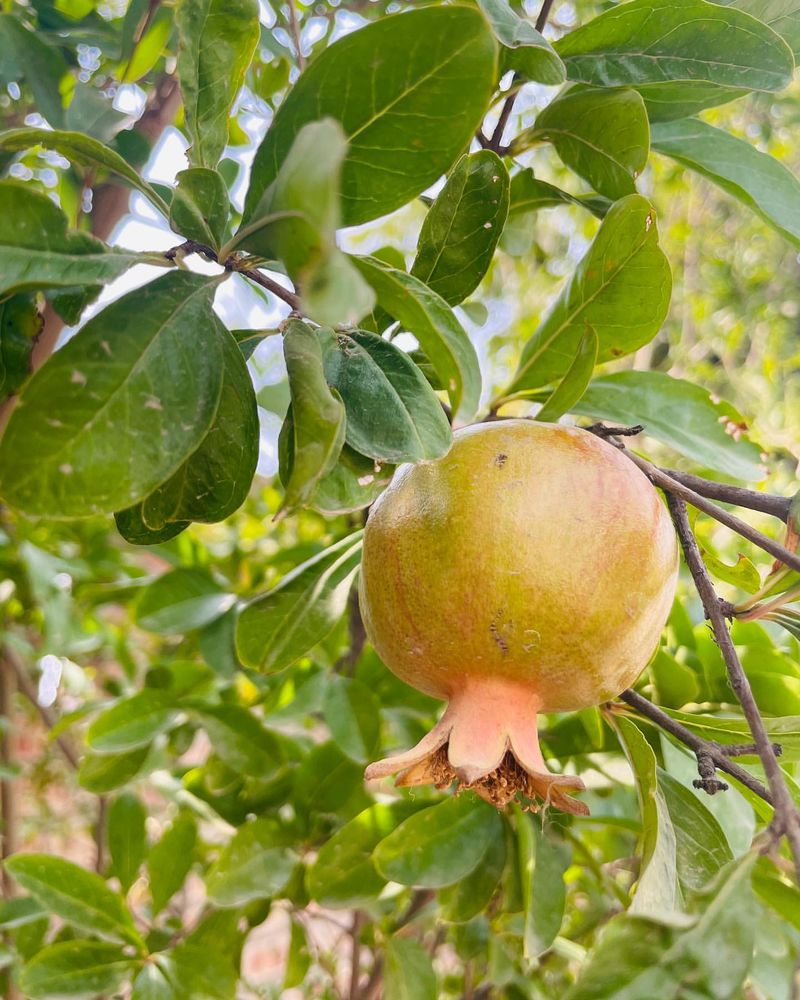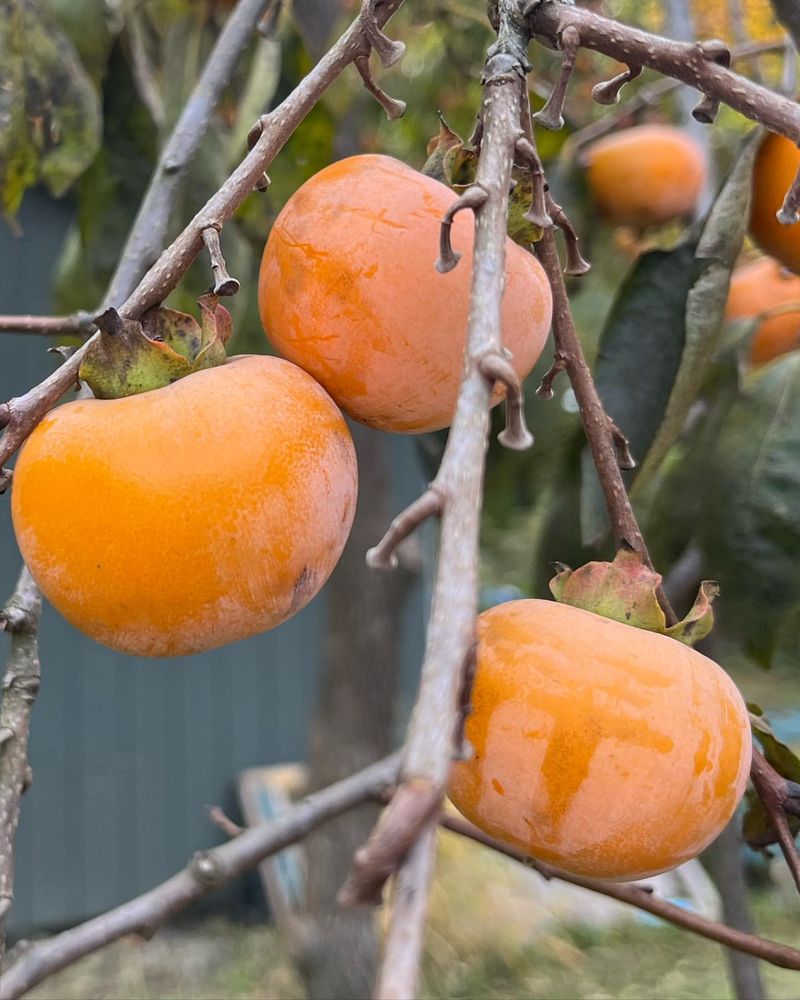Growing fruit trees in Oregon can be rewarding, but not all varieties thrive in our unique climate. With our cool, wet winters and varying summer conditions across the state, some fruit trees struggle to produce or may even become garden headaches.
Before heading to the nursery, it’s worth knowing which trees might cause more frustration than fruit for Oregon gardeners.
1. Avocado Trees
The dream of backyard guacamole quickly turns into disappointment for most Oregon gardeners. Avocado trees simply can’t handle our cold winters, especially in the valley and eastern regions.
Even in protected microclimates along the coast, these tropical natives rarely fruit successfully. The combination of winter freezes and cool summer nights prevents the necessary growth cycle.
I’ve watched neighbors try year after year with specialized care routines, only to end up with damaged trees and no fruit. Save yourself the heartache and enjoy Oregon-grown berries instead.
2. Mango Trees
Tropical by nature, mango trees wilt at the mere thought of an Oregon winter. These heat-loving giants need consistent warmth that our climate simply cannot provide, even in the warmest parts of the state.
Growing them indoors isn’t practical either. My gardening club tried this experiment – the trees remained stunted and never flowered despite our best efforts with grow lights and humidity trays.
Beyond the temperature issues, our seasonal daylight patterns don’t match what mangoes need for proper fruiting cycles. Better to enjoy imported mangoes and use your garden space for more suitable fruits.
3. Citrus Trees (Outdoor)
Those gorgeous lemons and oranges at the nursery look tempting, but outdoor citrus trees face brutal challenges in Oregon’s climate. Most varieties can’t survive temperatures below 28°F, a common winter occurrence throughout the state.
During my ten years gardening near Portland, I’ve seen countless citrus trees die during sudden cold snaps. Even if they survive winter, our cool summers often don’t provide enough heat for proper fruit development and ripening.
While container-grown citrus brought indoors during winter can work as a compromise, permanent outdoor plantings almost always end in disappointment and lost investment.
4. Tropical Bananas
Despite their dramatic foliage that might tempt adventurous Oregon gardeners, banana trees are ultimately tropical plants that cannot withstand our winters. The first frost turns those impressive leaves to mush.
Some ornamental varieties might survive with heavy mulching in protected areas near the coast, but they’ll never produce edible fruit. Last summer, my banana experiment ended with spectacular foliage followed by complete winter die-back.
For those determined to try anyway, prepare for the tedious annual cycle of digging up rhizomes, storing them, and replanting each spring. The effort rarely justifies the results in Oregon’s growing conditions.
5. Peach Trees (Most Varieties)
Contrary to what many new Oregon gardeners believe, standard peach varieties usually disappoint in our climate. Most commercial peaches need more summer heat than western Oregon provides, while eastern Oregon’s late spring frosts often kill the early blossoms.
Fungal diseases run rampant on peach trees during our wet springs. My own attempt with a ‘Redhaven’ peach turned into a constant battle against leaf curl and brown rot despite religious spraying.
If you’re determined to grow peaches, look specifically for varieties developed for Pacific Northwest conditions like ‘Frost’ or ‘Oregon Curl Free’ – otherwise, prepare for frustration and little fruit.
6. Sweet Cherry Varieties (In Rainy Areas)
Sweet cherries crack and rot during harvest season in most of western Oregon due to our notorious June rains. The timing couldn’t be worse – just as cherries ripen, our rainfall often increases, splitting the fruit and inviting fungal infections.
Having grown up with a ‘Bing’ cherry in our Willamette Valley yard, I remember more disappointment than harvest. Birds typically got the few undamaged fruits before we could.
If cherries are a must-have, consider sour cherry varieties like ‘Montmorency’ which handle rain better, or plant sweet cherries only if you live in drier areas like parts of southern Oregon or east of the Cascades.
7. Fig Varieties (Non-Cold Hardy)
Many fig varieties sold nationally simply can’t handle Oregon’s winter temperatures, especially in areas east of the Cascades or in higher elevations. These Mediterranean natives often die back to the roots or suffer severe damage during cold snaps.
The real heartbreak comes when your fig survives but doesn’t ripen fruit. Our growing season is often too short for many varieties, leaving gardeners with perpetually green, never-ripening figs by fall.
After multiple failed attempts, I’ve learned to stick with proven cold-hardy varieties like ‘Desert King’ or ‘Lattarula’ if growing figs in Oregon. Standard varieties from warmer regions lead to frustration and wasted garden space.
8. Pomegranates
The ancient pomegranate might thrive in Mediterranean climates, but Oregon’s cooler conditions leave most varieties struggling. These sun-worshippers need hot, dry summers to develop their complex flavors and properly ripen their fruit.
My own experiment with a pomegranate in southern Oregon resulted in beautiful flowers but small, tart fruit that never fully developed. Even in our warmest regions, most varieties simply don’t get enough heat units to properly mature.
While ornamental dwarf varieties might survive in protected locations, gardeners hoping for edible fruit will face disappointment in all but the very warmest Oregon microclimates. The limited payoff rarely justifies the extensive care required.
9. Persimmon (Non-Asian Varieties)
American persimmons require longer, hotter summers than most Oregon regions provide. While they might survive our winters, they rarely ripen properly in our shorter growing season, leaving fruit that’s astringent and inedible.
The timing mismatch causes particular problems – fruit often remains unripe when fall frosts arrive. During my gardening workshops across Oregon, I’ve met countless disappointed gardeners who’ve never harvested a single edible persimmon despite years of care.
If persimmons appeal to you, focus exclusively on Asian varieties like ‘Fuyu’ which can ripen in cooler conditions. Even then, success is limited to the warmest parts of the Willamette Valley and southern Oregon.

